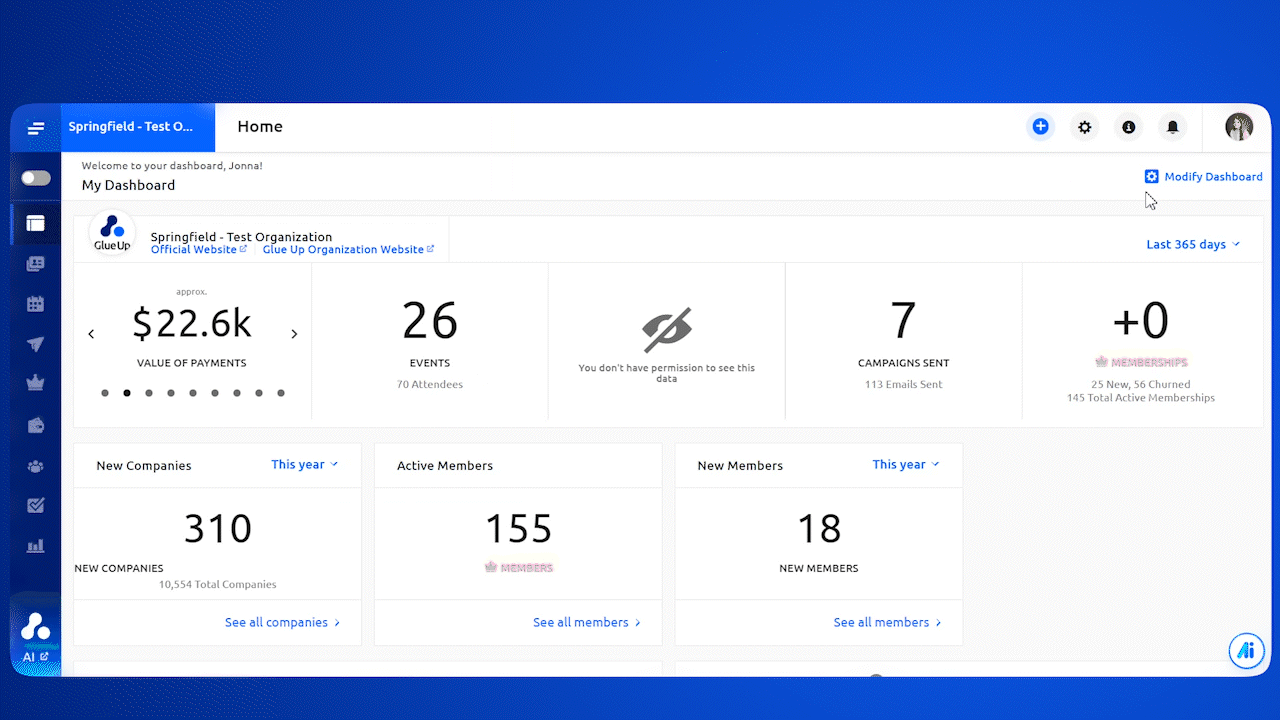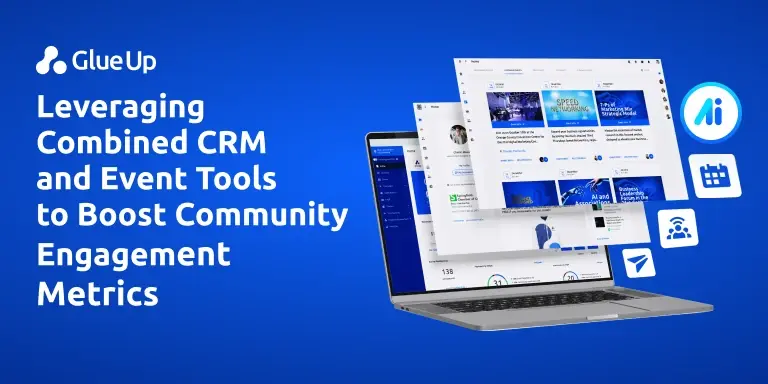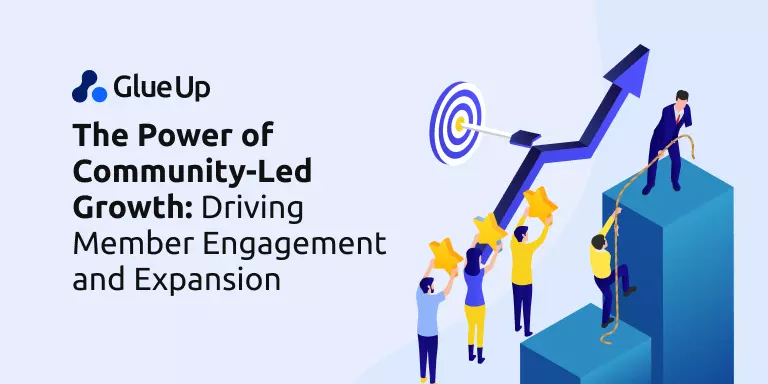
Have you ever come across an online forum that's totally dead? There are no comments, just silence. People are not talking to one another, not discussing anything, or asking questions. Building an engaging online community takes more than just making a space and hoping people show up.
You need a plan, like a map, to guide you and guarantee that your online spot is fun and interesting for everyone. This blog will discuss why setting goals is important, such as what you want your community to achieve. We'll also discuss taking steps to reach those goals, like how many comments you want on posts.
Basically, we'll help you build a buzzing online community that's full of life, and everyone wants to be a part of it by helping you design a community management plan. Be there and read on to learn about the plan and see how it can help you improve your community.
Key Takeaways
- Building an engaging online community requires a well-structured plan to guide activities and ensure the community is vibrant and interactive.
- Defining clear goals and objectives is crucial for the success of a community management plan. Goals should align with the organization's mission and be measurable through KPIs.
- Continuously monitoring KPIs and gathering member feedback helps assess the effectiveness of the community management plan and make necessary adjustments.
- Effective engagement strategies, including regular content updates, events, and interactive activities, are essential for fostering active participation and collaboration within the community.
- Glue Up provides a robust set of features such as live feeds, member directories, social sharing, and engagement analytics, which significantly strengthen and streamline community management efforts.
What is a Community Management Plan
Before exploring the specifics of the community management plan, let’s quickly recall its definition. A community management plan is a strategic framework designed to cultivate an active, engaged community within an organization.
It involves creating and implementing strategies to attract, engage, and retain members while facilitating meaningful interactions and a feeling of inclusion.
Why a Community Management Plan is Important
A community management plan is a central aspect of inspiring an engaged, sustainable, vibrant community.
Here are several reasons why it is important:
1. Boosts Engagement
A well-structured community management plan helps consistently engage members. It includes strategies for regular communication, responding to queries, and promoting discussions, leading to a more active and involved community.
2. Builds Trust and Loyalty
Regular interaction and timely responses build trust among community members. When members feel heard and valued, their loyalty to the community and its purpose increases.
3. Promotes Growth
60% of the businesses own a branded online community, all aiming for growth. To achieve this, they implement a community management plan with clearly outlined strategies for attracting and retaining new members. This systematic approach marks the community's growth in a healthy and sustainable manner.
4. Provides Clear Guidelines
A community management plan sets clear guidelines for interaction and conflict resolution. It helps maintain a respectful and constructive environment and prevents misunderstandings and conflicts.
5. Facilitates Collaboration
Actively managing the community lets you encourage collaboration among members. This leads to the sharing of ideas, knowledge, and resources, increasing the overall value of the community.
6. Supports Goal Achievement
A community management plan aligns the community’s activities with its goals, i.e., increasing engagement, spreading awareness, or driving sales; having a plan verifies that every action contributes towards achieving these objectives.
7. Provides Metrics for Success
A well-defined plan includes metrics and KPIs to measure the success of community management efforts. Regularly tracking these metrics helps us understand what works and what doesn’t and make necessary adjustments.
8. Improves Member Experience
Focusing on community management improves the members' overall satisfaction. A positive experience keeps members coming back and recommending the community to others.
9. Strengthens Brand Image
Effective community management reflects positively on the brand or organization behind the community. It portrays the brand as approachable, responsive, and committed to its members, strengthening its overall image.
10. Crisis Management
Having a community management plan certifies that there are predefined strategies to handle crises. Whether it’s a PR issue, a technical glitch, or a member dispute, being prepared helps in managing the situation efficiently.
Implementing a community management plan is essential for nurturing a prosperous community that aligns with your organization's goals and values.
Important Considerations When Developing a Community Management Plan
We've made it clear how significant a community management plan is for your association's online success. But just like any building project, a solid blueprint is a must to turn your dream community into reality.
Here are some important considerations to keep in mind when designing your plan:
Community Goals and Objectives

Clearly define the community's purpose and goals. The goals can include identifying what the association hopes to achieve through its community, such as increased member engagement, knowledge sharing, or advocacy.
Ensuring alignment with the association’s overall mission and objectives is necessary for maintaining focus and coherence in all community activities.
Target Audience

Identify the community's target audience by understanding its members, what they need, and how they prefer to interact. The identification involves researching their interests, demographics, industries, and communication preferences.
Tailoring the community management plan to meet these specific needs will boost engagement and confirm the community is relevant and valuable to its members.
Engagement Strategies
Develop strategies to encourage active participation and engagement among community members. According to statistics, online community engagement increased 81% from the beginning of the COVID-19 pandemic, highlighting the growing importance of fostering connection in virtual spaces. However, maintaining this level of engagement requires ongoing effort.
Utilizing AI Tools to Boost Community Engagement
The rise of artificial intelligence (AI) offers exciting possibilities for enhancing online communities. AI chatbots can provide 24/7 support and answer frequently asked questions, freeing up human moderators for more complex issues. AI can also personalize the user experience by recommending content or connecting members with similar interests. Sentiment analysis tools powered by AI can identify areas of frustration or confusion within the community, allowing moderators to proactively address concerns. By strategically incorporating AI, communities can streamline communication, personalize interactions, and ultimately foster a more vibrant and engaged online space.
The significant increase in engagement presents a valuable opportunity that should be taken benefit of. To capitalize on this trend, consider planning regular content updates, organizing virtual events, and facilitating interactive activities such as Q&A sessions or discussion forums.
The goal is to create a vibrant and engaging environment that encourages members to contribute and stay involved over time.
Communication Channels
Select appropriate communication platforms and tools that best suit the community's needs. These might include social media groups, forums, newsletters, or specialized community platforms. Assuring these channels are accessible, user-friendly, and effectively managed will facilitate smooth and effective communication within the community.
This is vital because 66% of online community visitors in the U.S. visit to connect with people who have similar interests. Therefore, it’s essential to make sure these channels help in connecting people with similar interests.
Moderation Policies
Establish clear guidelines for behavior and interaction within the community because 71% of respondents have felt offended by posts, comments, or pictures they have seen on social media. Confirm that no one offends others within your community. Define roles and responsibilities for moderators and community managers to nurture a safe and respectful environment.
Effective moderation policies help prevent conflicts, manage disputes, and maintain a positive atmosphere that encourages open and constructive dialogue.
Metrics and KPIs
Define key performance indicators (KPIs) to measure the success of the community management plan. Regularly monitor and analyze these metrics to track progress, identify areas for improvement, and make data-driven decisions. Common KPIs might include member engagement rates, content interaction levels, and membership growth.
Crisis Management
Develop a plan for handling conflicts, issues, and crises within the community. This includes having clear protocols for addressing and resolving problems swiftly and effectively. A well-prepared crisis management plan marks that issues are managed in a way that minimizes disruption and maintains trust among community members.
Resource Allocation
Determine the resources needed for effective community management, including time, budget, and personnel. Certify that sufficient resources are allocated to support the community’s growth and sustainability. Proper resource allocation ensures that the community management efforts are well-supported and capable of achieving the desired outcomes.
Focusing on these important considerations, associations can develop a robust and effective community management plan that inspires engagement, growth, and member satisfaction.
Monitoring and Adjusting Your Community Management Plan
You have designed and implemented the plan, but does your work end here? How will you know that the plan you have designed is right for your association, or how will you know if it is working or needs improvement?
For this, you need to monitor the results and adjust things when necessary. There are a number of ways through which you can do this, as follows:
Regularly Reviewing Key Performance Indicators (KPIs)
Key Performance Indicators (KPIs) are important metrics that help you understand how well your community management plan is performing. Regularly reviewing KPIs allows you to track progress and identify areas for improvement.
Given that, 88% of community professionals admit that communities play a critical role in achieving their company’s mission, and 64% acknowledge that online communities have helped improve business decision-making, monitoring KPIs becomes even more essential.
Common KPIs to track include engagement rates, membership growth, and content interaction levels. Utilizing tools like Google Analytics, social media insights, and community platform analytics can provide valuable data to monitor these metrics effectively.
Gathering and Analyzing Member Feedback
Member feedback is a crucial component in assessing your community's health. Various methods, such as surveys, polls, and direct messages, can be used to collect feedback. Analyzing this feedback helps you identify trends, issues, and areas where members feel improvements are needed.
The information provided can guide adjustments to your strategies so that they align with the needs and preferences of your community members.
Conducting Periodic Community Health Assessments
A community health assessment provides a comprehensive overview of the community's overall well-being. Key areas to assess include engagement levels, member satisfaction, and the activity rate of discussions and events.
Conducting these assessments periodically, such as quarterly or biannually, helps you understand the community's strengths and weaknesses. This structured evaluation can highlight specific areas that require attention and improvement.
Adjusting Engagement Strategies Based on Insights

Insights gained from KPIs and member feedback should inform adjustments to your engagement strategies. Identify what’s working well and what isn’t.
Adapt your content and communication strategies to better meet your members' needs. Implementing new initiatives, such as interactive activities, webinars, or Q&A sessions, can boost engagement and reinvigorate interest in the community.
Updating Goals and Objectives
As your community evolves, so should your goals and objectives. Regularly revisiting and updating these goals guarantees they align with the current needs and trends within your community.
Set new, achievable objectives based on performance data and feedback. Clearly communicate any changes to your members to maintain transparency and keep everyone aligned with the community’s direction.
The Role of Glue Up in Strengthening Your Community Management Strategy

If community management requires a plan, it also needs reliable community management software. Without top-performing software, scaling your community and increasing engagement can be challenging.
A robust and efficient software solution, such as Glue Up, can be essential. But does Glue Up community management software meet the necessary criteria? What features does it offer to qualify as high-performing software?
Let's explore.
Live Feed
- Facilitates real-time updates and communication within the community, keeping members informed and engaged.
Comments & Discussions
- Enables interactive discussions and feedback, inspiring a sense of community and collaboration.
Member Directory
- Provides a comprehensive directory of all members, making it easy to connect and network.
Social Sharing
- Allows members to share content and updates on their social media platforms, increasing visibility and engagement.
Public & Private Groups
- Supports the creation of both public and private groups, catering to different needs for privacy and exclusivity.
Free Member App
- Offers a mobile app for members to stay connected and engaged on the go, enhancing accessibility.
Custom Privacy Settings
- Provides customizable privacy settings to ensure that member information is protected according to their preferences.
Business Card Scanner
- Includes a feature for scanning business cards, making it easier to add and manage contacts within the community.
Advanced Filters
- Enables the use of advanced filters to search and sort members, discussions, and other community data efficiently.
Roles & Permissions
- Allows administrators to assign specific roles and permissions, confirming proper management and security within the community.
Engagement Analytics
- Offers detailed analytics on member engagement, helping to measure success and identify areas for improvement.
Utilizing these features, Glue Up can significantly strengthen your community management strategy, verifying your community is actively engaged, well-organized, and continuously growing.
To see how Glue Up can enhance your community management efforts, request a demo today and explore its features firsthand.



